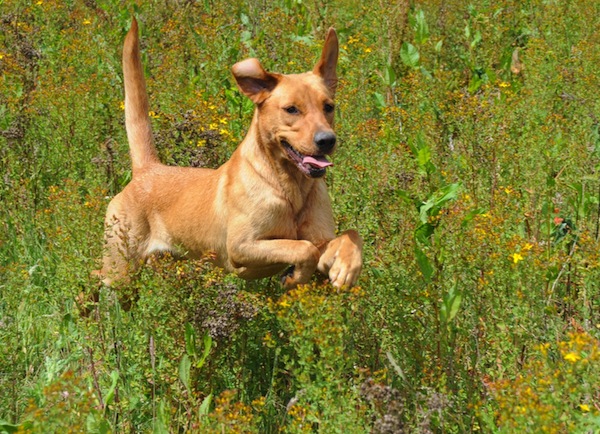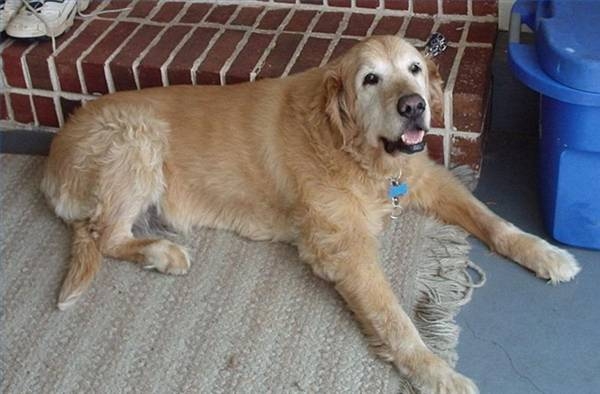When you take your dog for veterinarian appointment, it's important that you give any information to the vet that would be helpful in determining any problems your pet may be having. Too bad your dog can't tell you when he's feeling bad. But as you are the owner, you'll be most able to notice any changes in your dog's behavior, eating patterns or general health. Share any pertinent information with the vet.
The following are all of the common areas of the dog that your vet will look into during a full examination:
1. Nose: Your dog's healthy nose is very critical to its senses. Your vet will be looking for any discharge and/or physical changes in the appearance of the nose. Dogs typically have cold and wet noses; however, the vet will not be too concerned if your dog's nose is hot or dry.
2. Nails: The vet will take a look at your dog's nails and also the nail bed. If your dog licks them a lot, or is showing any lameness, the nail bed will be examined for damage. Some dogs have uneven wear on their nails, which means that the dog has been favoring one leg and may have an injury. If the vet finds that the nails are flaky he or she could determine a possible metabolic disorder that requires further steps.
3. Eyes: Many dogs inherently have unfortunate eye diseases, based on their breed. However, it's important to note that sudden changes in the eyes of your dog may indicate a more complicated disease elsewhere in his body. A thorough examination of your dog's eyes will help give the vet clues about where else he may need to look for problems.
4. Mouth: The mouth also tells a lot about your dog's overall health. First of all the vet will check the mouth area for gum inflammation and tooth decay. Did you know that examining the dog's mouth will also give the vet a chance to check his blood pressure? This is done by pressing his finger up against the gums, feeling his pulse. The vet pays special attention to the color of your dog's gums: if your dog has pale gums, then it could be a sign of anemia. If there is a yellowish color on the gums, this is possibly a liver problem.
5. Skin & Coat: By looking at the health of your dog's coat and skin, your vet can see what the overall health condition of your dog is. For example, if the coat is dull in color, then this may be an indication of parasites or a minor infection that may exist anywhere else in the body; whereas a shiny coat tells you your dog is vibrant and healthy.
6. Genitals: Your dog, male or female, will be checked for disorders by looking at their genitals. A female dog's vulva will be checked for discharge or inflammation. Either of these two could represent a disorder of the urinary system or the reproductive system. Likewise, a male dog's testicles and penis are examined to see if there is any inflammation or swelling.

 Lyme Disease in Dogs: Symptoms, Testing, Treatment, and Prevention
What is Lyme disease?
Lyme disease
Lyme Disease in Dogs: Symptoms, Testing, Treatment, and Prevention
What is Lyme disease?
Lyme disease
 About Older Dog Health Problems
About Older Dog Health Problems
About
About Older Dog Health Problems
About Older Dog Health Problems
About
 10 Steps for a Dog Safe Holiday Tree
10 Steps for a Dog Safe Holiday Tree
10 Steps for a Dog Safe Holiday Tree
10 Steps for a Dog Safe Holiday Tree
 Does Olive Oil Make Your Dog's Hair Shiny?
Does Olive Oil Make Your Dog's Hair Shiny
Does Olive Oil Make Your Dog's Hair Shiny?
Does Olive Oil Make Your Dog's Hair Shiny
 6 Springtime Safety Tips for Dogs
6 Springtime Safety Tips for Dogs
6 Springtime Safety Tips for Dogs
6 Springtime Safety Tips for Dogs